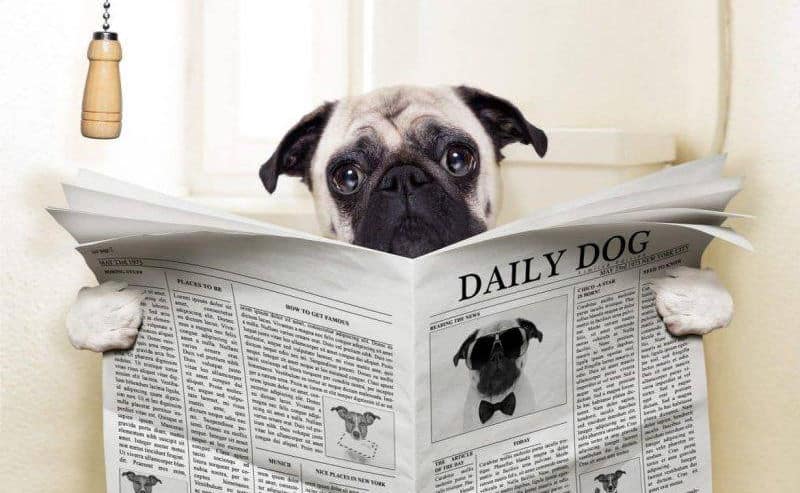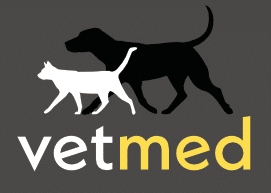Perfecting your pooch’s potty prowess

When you think about bringing home your new puppy, your vision is probably more about playful cuddles and joyous frolicking in the park than cleaning up toileting accidents, right? To make that vision a reality, pronto potty training is key! Unfortunately, they are unlikely to arrive house trained and making this your priority as a new puppy parent will pay dividends.
Puppies are very distractable, and often we give them too much freedom when they arrive which confuses them as to where they should be toileting. It can be useful to limit the room access they have indoors at first, preferably to areas that the family frequent so they are in good company.
You will need to show your puppy where to toilet. Choose a boring and quiet location to minimise the distraction and lead them to that spot after every meal and nap before bed and as soon as they (and therefore you) wake in the morning. It is ideal to have a strict feeding routine too, as this will help you keep an eye on toileting times and ensure you take them out after every meal when they are more likely to need it.
Whilst sniffing and circling behaviours are good cues that it’s time to head outside, don’t make the mistake of waiting for a sign. Most puppies don’t signal their need to toilet until they have learned to ‘hold on” in the house. Just keep taking them out on a regular basis to the same uninteresting spot and once they have used that spot as their toilet, it will be marked with their scent. This will help to reinforce that location for future toileting.
It can be a good idea to leave the puppy outside for a little longer after they have appeared to have finished, as young puppies don’t always fully empty their bladder on the first go, and if taken indoors too soon, you may find yourself cleaning up after them within a few minutes of coming inside.
Regardless of the dedication you have to the outdoor toileting cause, as the saying goes, accidents will happen. Once they toilet indoors, they will generally prefer the same surface, so it is good to try and prevent access to these floors once they have been soiled. It can be tempting to explore the use of Wee pads or newspaper to discourage the use of less resilient surfaces like your carpet, but paper can also become a preferred surface, so if you are inclined to have documents lying around the house that you would prefer were not soiled, it can be a good idea to refrain from the use of paper.
Artificial grass can be used as an interim measure indoors and appealing to a dog’s natural instincts to “one up” a fellow canine, the trick here is to “seed the grass”. This essentially means enlisting the help of a neighbours’ dog, and pinching some of their urine or faeces, put it on the grass for a few hours, then wash it off. Because dogs love to mark their territory, smelling that another dog has been on their grass will encourage your pup to stake their claim on the grass, and go there too to show them what for! The artificial grass can then be taken outside and placed in the desired location to help transition them to use that space.
Just like any young‘in, your new puppy will have a strong positive response to praise, and an equally strong negative response to scolding. When toileting is successful, shower your eager to please pooch with praise to encourage and reinforce this behaviour. When the inevitable accidents occur, never punish or reprimand them as this can lead to fears or anxiety about toileting in the future. It is better to try and help these accidents be avoided. It is also advisable not to clean up the accidents in front of your puppy, as this activity and the smells of cleaning products creates unwelcome interest from your curious pup.
Puppies are fast learners, but if you are worried that your pooch’s potty prowess is lagging, remember to check in with VetMed to ensure there is no medical issue underlying this, rather than assuming it is all behavioural. The faster these issues are resolved, the more comfortable toileting will become for everyone.
